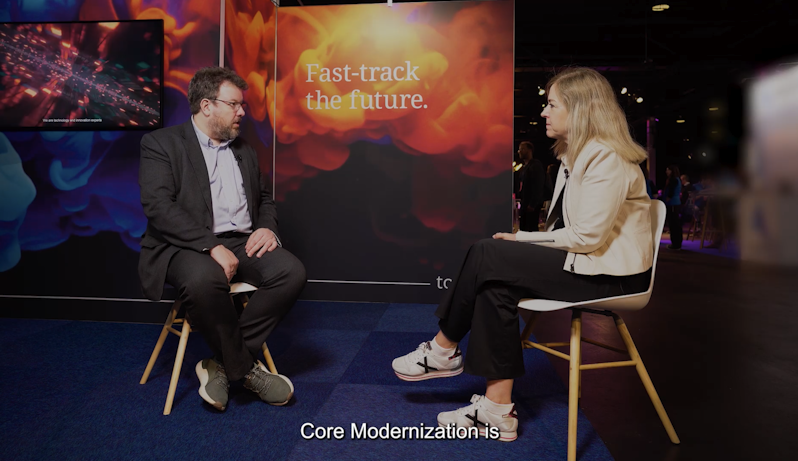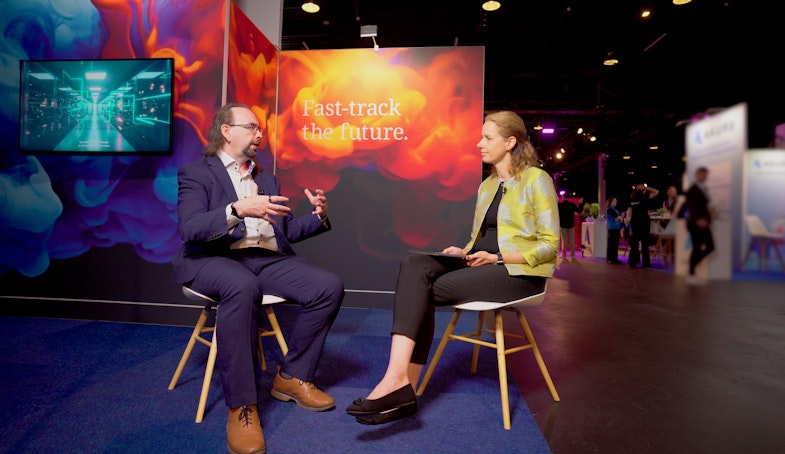
Hyper-Personalization and Customer Data: The New Insurance Playbook
In this episode of the NTT DATA Insurance Dialog, Carlos Ordóñez Vicepresident, Global Insurance Innovation & Marketing at NTT DATA, welcomes Rodolphe Pachot, Marketing & Digital Director at Generali France, for a forward-looking conversation on how AI and data are reshaping the future of insurance marketing.
Together, they explore how Generali is using AI to accelerate content production, enhance SEO strategies, and leverage customer reviews as a data asset. Rodolphe explains how large language models (LLMs) are changing customer search behavior—and how insurers must adapt their digital content and positioning to stay visible and relevant.
The discussion dives into how marketing is evolving into a data powerhouse—holding the key to personalization, customer understanding, and real-time engagement. From CRM transformation and Customer Data Platforms (CDPs) to prevention-focused insurance models, Rodolphe shares how Generali is redesigning the customer journey from discovery to daily interaction.
Tune in for a dynamic and insightful exchange on the strategic role of marketing, the rise of AI-powered personalization, and how prevention will shape the future of insurability.
Speakers
Carlos Ordóñez
Vicepresident, Global Insurance Innovation

Rodolphe Pachot
Director of Marketing and Digital at Generalli
Rodolphe Pachot
Director of Marketing and Digital at Generalli
Transcription
Welcome to our NTT DATA’s Insurance Dialogue. Today, we are with our colleague Rodolphe Pachot from Generali France. Thank you for coming.
Thank you.
Today, we would like to talk a little bit about AI and how it is impacting your marketing in terms of sales acquisition and lead management. I know that at Generali France, you are doing a lot of transformation in the way you use these technologies in your day to day and how to benefit from them. Could you please tell me what are the main things you are doing? Since you are doing a lot of valuable work in marketing.
Today, the use of AI is quite new but very effective. That is the key point. We have part of our usage which is running concretely, and a part which focuses more on an R&D approach. So today we have a strong and rapid impact on a production environment. I think many companies or agencies have significant time savings in terms of broadcast production or editing.
We spend less, and we can refocus all our team’s energy on high-value tasks rather than repetitive or low-value ones. So, this is the part that is in a production environment. On the other hand, Search Engine Optimization, we also have a significant impact on SEO. We significantly reduced the time spent optimizing our strategy.
First of all, by the optimization of keywords -identifying the right keywords and building the strategy around them- We optimized and improved thanks to AI, and in parallel, we faced a really impressive impact on the content production.
And the last one, which is running, is the reviews, the five-star Google reviews. The holy grail for all of us.
The point there is that we used AI to supply our platform with all the insurance reviews we had, existing reviews on Google France, to re-deliver them with more added value to our data agents in the field, helping them to improve their digital footprint locally.
This is feasible thanks to AI because we have a strong analysis (semantic analysis, competitor analysis…) that we can easily re-distribute with our teams in the field.
That is really good. Really interesting. We saw how the marketing market is evolving from Search Engine Optimization. Because we saw that the customer journey, when looking for an insurer, no longer starts on Google. It starts within LLM (Large Language Models). So, it is essential to adapt all your content to be better positioned in Gen AI solutions.
Are you starting to implement these kinds of new approaches at Generali?
Yes. Concretely, the digital flows are very crucial. Since the COVID period, we lost about 40% of physical flows. So, it's absolutely crucial to invest in digital. Initially, we focused on Google, using traditional SEO and SEM and all the acquisition strategy. And now, we have developed a new approach with LLM.
So, for now, it's more an R&D approach because we still need to learn and understand. And I think LLM needs improvements, too. Globally today, we are working on not just trying to use AI, but to create benefits from it.
So, it's another point of view. It all starts with truly understanding how the LLMs are running, and how we can produce new content according to these new rules.
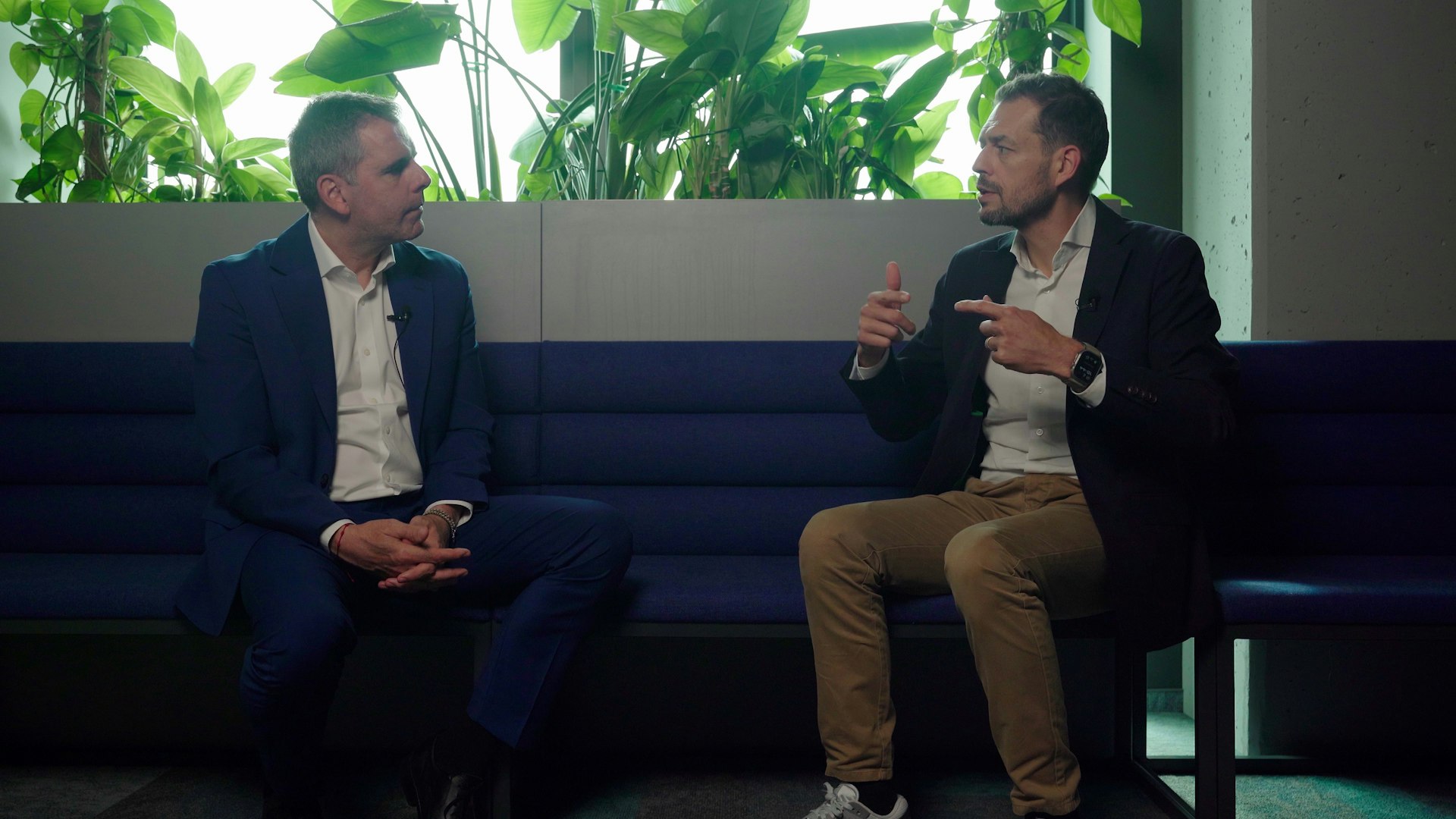
And how are these contents positioned in the LLM?
So, we are starting step by step. We are going to rebuild our website and our user experience based on certain assets, which are quite confidential at the moment, but the goal is to truly perform on LLMs.
Yes, now we are seeing in the market that, basically, the main difference between SEO — Search Engine Optimization with Google — and the new LLMs is more oriented to Q&A. And then, the LLM understands some questions and answers, and decides what could be the right answer for that specific question raised by the customer. And then all this evolution of the website and the content is more focused on the Q&A format.
And yes, the whole market is starting to learn how to modify or evolve traditional SEO- search engine optimization- that has been in the market for a long time. And now we need to train our marketing teams again.
We have to train the team, and, in parallel, we need to keep improving our understanding of the customer. Because all the Gen AI has a huge impact on the company, almost as if it were a tsunami.
But also, for the customers and the clients, there is an impact on their daily lives, too. For example, in the pre-sales phase in insurance, we are seeing that they are currently evolving their approach, especially in the discovery phase. They are no longer asking the same questions to Google and the LLM.
And we know that we have an evolution, and it's not finished yet. So, the objective is to focus on the customer and the customer behavior to anticipate the evolution of this behavior. Because, for some sort of questions, they will use the LLM, and for some sort of questions, they will use Google.
So, I think that all the environment (Google, LLMs...) will be transformed. And each one will find a new place and a role within the customer experience process. And for our company, it is just to facilitate the accessibility and increase the volume of flows according to these new behaviors.
It is quite interesting. And you also mentioned the evolution of content production, which I think is one of the areas evolving the fastest. Just like today for coding, we are seeing GitHub, and also in marketing, we are seeing Adobe and other solutions to support marketing teams. And as you mentioned, AI is helping you a lot to save time, to rethink, or to automate tasks that you used to do manually.
And now with AI, we can test more rapidly.
We can test more rapidly, and we can produce more. We can personalize more, too. The key question in marketing concerning the content (because the content is key. It is very expensive and very crucial to create data)… The point is that now we don’t try to understand the behavior of the customer thanks to the content, but to build the content to create future data.
At this point, it is crucial in terms of addressing the LLM’s new behavior and so on…
And in this context, the role and mission of the teams—previously limited to content production following a debrief—have now evolved: they are now expected to develop some tactics. The content provider today is not only a content provider, but also a data provider.
So, it is a new role, a new deal, for the team and their expertise. And it is also a new way and an opportunity to broaden the team’s skills.
It’s true that how marketing is perceived internally within companies is evolving. It’s now becoming more strategic, as it’s more closely connected to the business. They need to understand the business needs to create this data, or the usage of this third-party data that is coming from the Marketing areas… and then how the rest of the organization is using the data…
But when it comes to data, one of the trends we’re increasingly seeing—something that began last year in banking and is now expanding into insurance—is the rise of CDPs (Customer Data Platforms) and the evolution of CRMs How are you advancing in your journey toward hyper-personalization and smarter use of data?
The first approach in insurance is particularly important, because the insurance industry—when it comes to CRM and traditional marketing—is not very advanced.
Yes, because the frequency of contact is not as high as it is in banking.
Exactly—and that’s the key point, to increase the frequency of contacts. So first of all, build the foundation with a strong and reliable CRM linked to the field. After that, the question about data and CDPs can come up. And in insurance, we have a huge chance.
When you buy a product which costs €200 a year, you have to answer around 50 questions. We’re the only market in which underwriting requires answering between 30 and 50 questions. This represents the first set of data gathered at that point in the process. But in the past, it was only used to analyze and predict risk.
But not to develop customer experience or hyper-personalization. Now, thanks to CDPs, the next step is to combine marketing and customer knowledge with the first-party data collected during the sales phase. This combination will give us a deep understanding of customers and allow us to start with hyper-personalization.
The second key step is the centralization of personalization, typically supported by the CRM platform. Centralizing personalization will be essential to delivering a seamless customer experience across all touchpoints.
Today, during the event, we discussed how insights need to be extracted from data, and how those same insights should be used to mobilize your value chain and activate certain parts of your processes. From my point of view, if those processes are not as intelligent as the data itself, they’re not creating real value for you.
And I think that the centralization of data enables the activation of personalization and the services that support it. From a data acquisition perspective, we’ve also seen in the market that surrounding insurance services—such as prevention and assistance—help increase the frequency of customer contact.
Do you have any experience at Generali with initiatives such as well-being programs or day-to-day customer interactions that help you collect better data and insights about your customers?
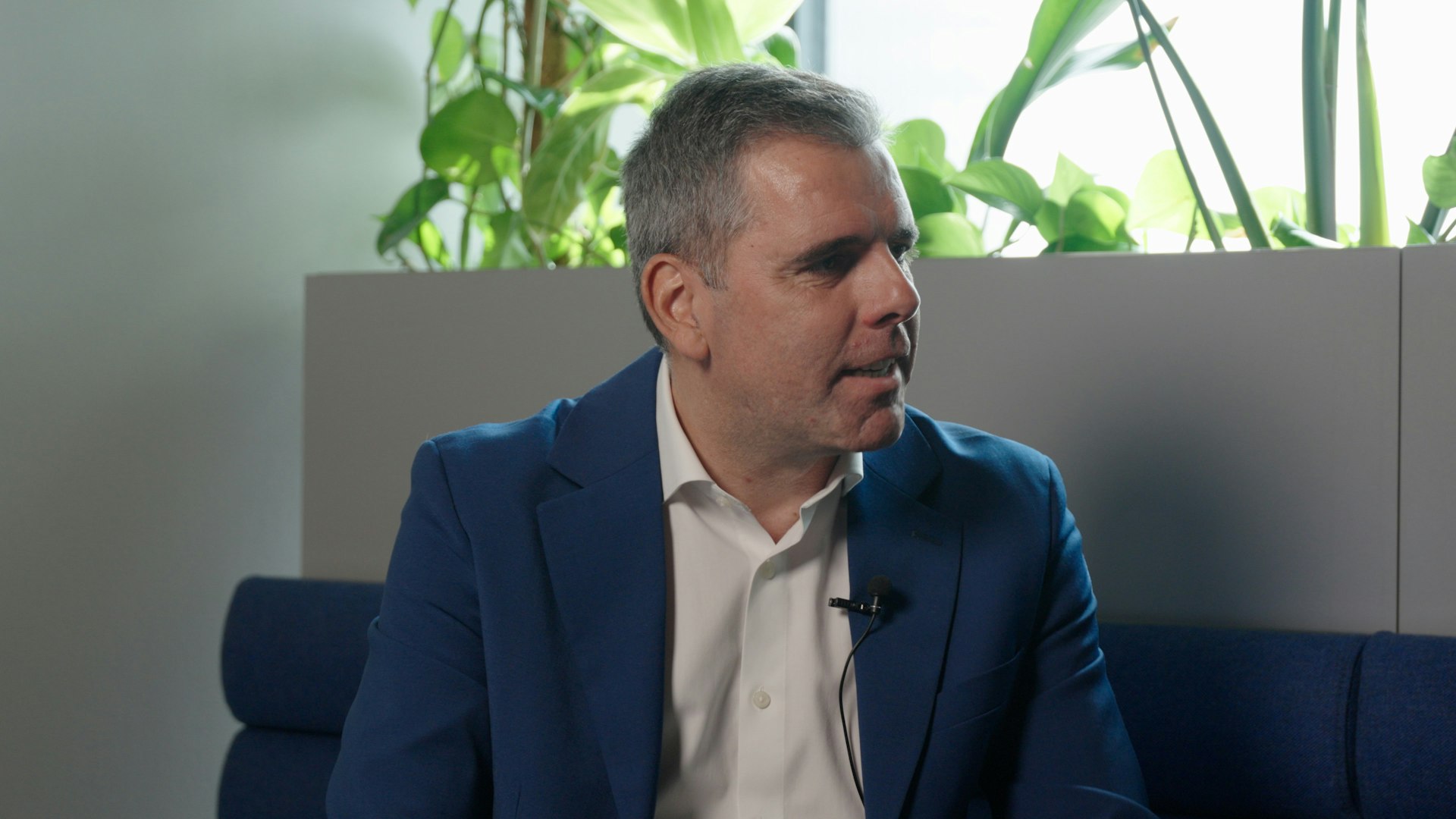
This is the key challenge for insurers over the next ten years: creating day-to-day value for the customer. For many years, insurers have focused on demonstrating value for money at the moment of a claim. But we have to keep in mind that, for core products like motor and household insurance, the average claim frequency is only once every 7 to 10 years.
So today, in 2025, you can’t expect your customer to wait 7 to 10 years to experience the value of your relationship—that’s simply not realistic.
We need to be present in our customers’ daily lives to create that added value, reduce their sensitivity to price, and help them feel a sense of peace of mind.
And if I go one step further on that—because I was just talking about the relationship concerns, about reducing attrition, improving cross-selling, and betting on that as a strategy—if I focus purely on the insurance topic, this day-to-day experience of the customer will help to improve their prevention.
And the point about prevention will be the key. We already know this with new types of risks—climate risk, cyber risk—it’s a new approach to insurance. Prevention will become the first condition for insurability in the future. If you don’t commit to prevention, I won’t be able to insure you. Then we would be building a stereotype.
But, in a nutshell, it would be that. It’s supported by these new risks that are already here. Regarding the data, if we can close the loop, it will help us in the pre-sales and sales phases to truly engage the customer and involve them in their own prevention journey.
Let me give you an example to go back to your question: In Generali France, we launched a dedicated asset called ‘Ensemble Face aux Risques' (Facing the Risks Together). We created specific tools and services to help both prospects and clients identify and understand their exposure to climate risks, like fire, flooding, industrial risks, and more.
With geolocation, you simply enter your physical address into the tool, and it gives you a personalized risk score for each type of risk, along with tailored prevention advice.
So, the first step will be tomorrow (at the beginning of the relationship) to use the customer data right to deliver them real added value, risk diagnostics, and prevention advice—even before someone becomes a client of the brand.
So, it is a way to engage our customers through data, and because of that, prevention becomes a major topic ahead of us.
And this needs to be the role of the insurer in the future—not just to protect them when they have a problem, but to act preventively and help avoid those issues in the first place.
And as you mentioned, some of the risks or emerging gaps we're seeing in the market—like the ones we discussed this morning—could represent a real opportunity. Simply by minimizing them, you could already have a solid business case
Because if these kinds of risks aren't minimized, some insurers may choose not to provide coverage. That creates a vicious cycle. It all starts with prevention, so that in the future, we can build new markets where insurers have a strong appetite to participate.
Exactly. The point is that if we succeed with this type of approach, tomorrow you will no longer just buy insurance— you will buy wellness. And if one day you have a claim or an issue, you will be insured. But what we want is for you to feel well, to feel serene in living your life.
It is clear. I think it is quite interesting how the market is evolving, how AI impact is evolving, and how the role of marketing is evolving within insurance. Basically, all this data will give you the information needed to better understand the life moments of your customer.
And when you understand the customer’s life moment, it is because you have frequent interaction with them—you understand their daily lives. Then, with the use of AI, you can adapt the experience, the content, and the products to those different life moments.
You can also focus on prevention, and by doing so, you minimize risk.
This represents a complete transformation. In many cases, people do not expect it; they assume data and information are mainly used for operations or product development, not for marketing.
But the truth is that marketing now holds some of the most important data for driving this entire journey.
That is why, in my view, the role of marketing within insurers is becoming more and more strategic.
It needs to be close to the business, because a big part of this gap is coming from the data. And a big part of this data is coming from marketing.
Moreover, a large part of retail products is already standardized across all insurers.
So, your real opportunity to differentiate from competitors is through the experience.
That is why, as you mentioned, finding the right life moment—the right time to contact and interact with the customer—is essential. Again, it is the basics of marketing.
Looking back at my studies over 25 years ago, I still remember my marketing teachers emphasizing: 'You must reach your customer at the right time, with the right message.
And that’s exactly what we’re doing today—but on an individual level, within the context of hyper-personalization, data, and large language models. All of this enables us to identify those key moments, to understand them, and to truly capture them.
Because, in the end, marketing is about timing—not too early, not too late, but precisely at the right moment.
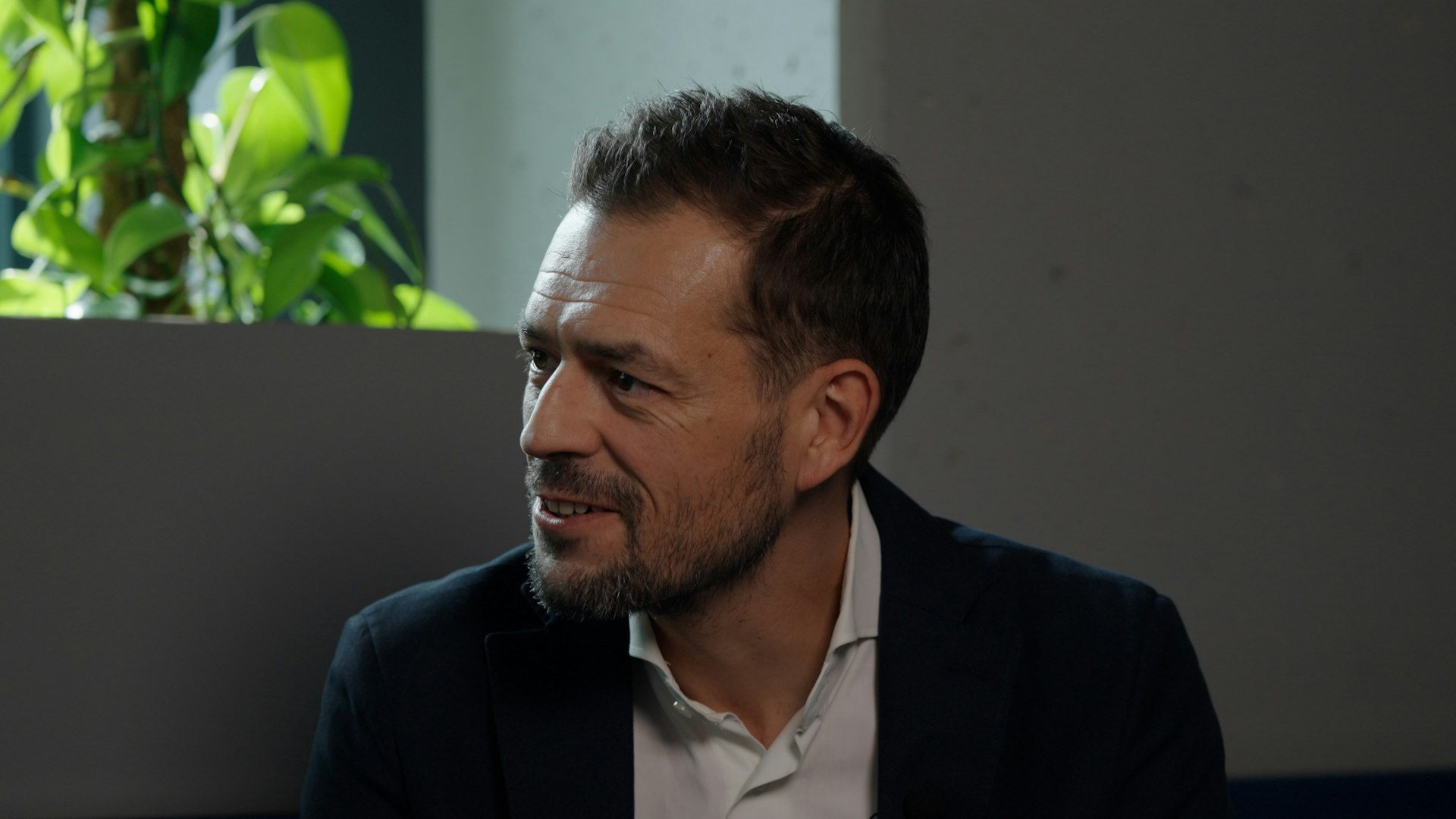
Okay, then, it’s super clear now. Thank you very much for your time. We will continue our conversation in the next NTT DATA Insurance Dialog.
Thank you.


